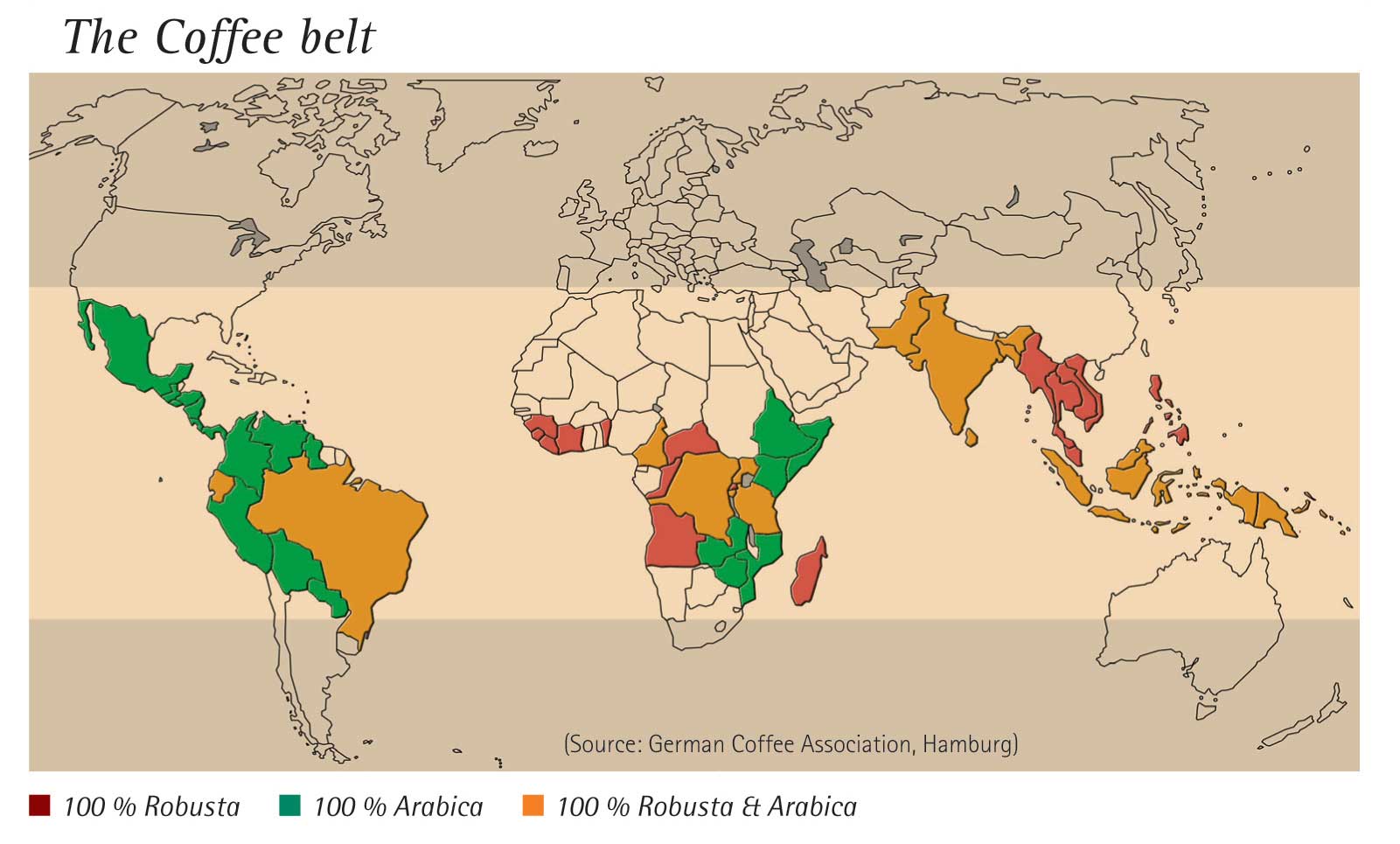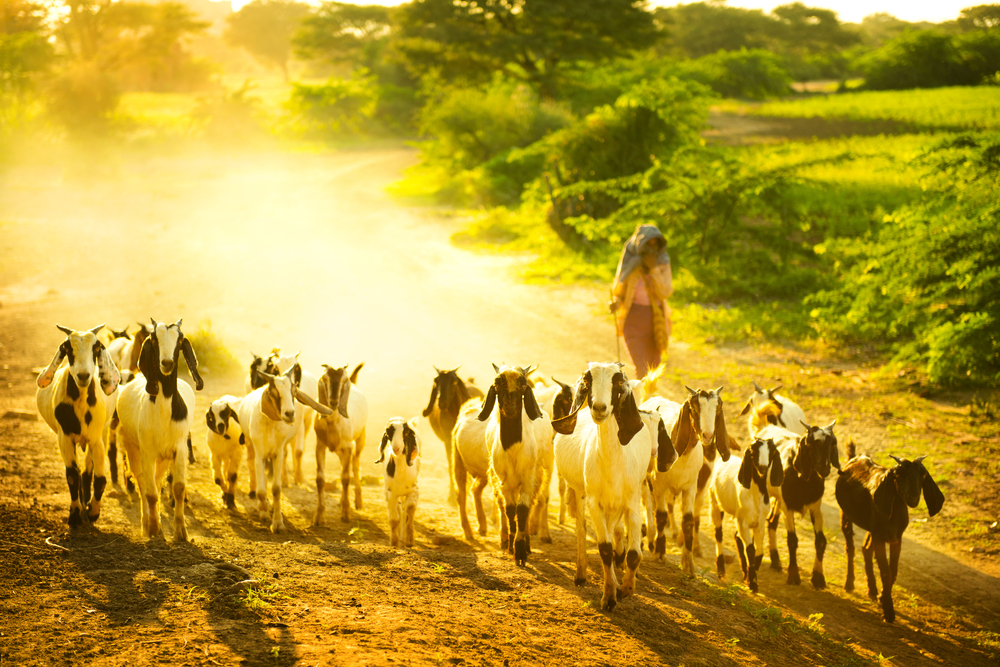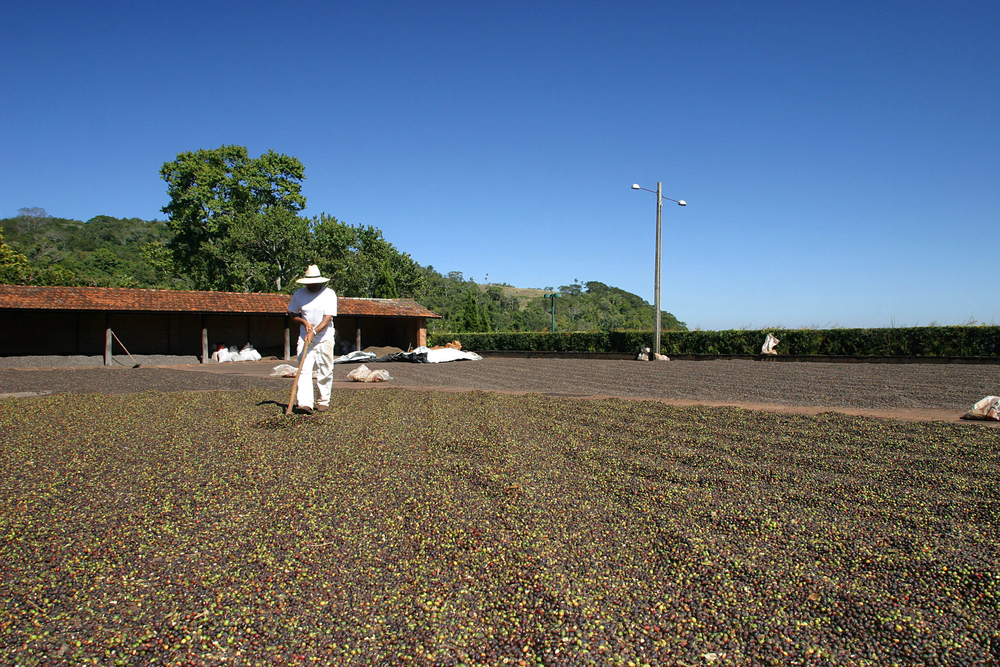Think you know coffee? Here are 5 coffee terms to familiarize yourself with.
The beautiful thing about coffee is the more you know about coffee, the less you know about coffee. Like fine wine, great coffee is something you can chase and work on for years and years.That being said, we introduce you to this week's Beyond the Bean. Don't hold back next time you are gathered around the office coffee pot; share some knowledge with your fellow coworkers. We promise it won't be bragging.
Enjoy!
1. Strictly Hard Bean (SHB)
What is a strictly hard (coffee) bean? Synonymous with "strictly high grown (SHG)", "strictly hard bean (SHB)" usually refers to coffee grown at altitudes higher than about 4,500 feet above sea level. Beans that are grown at high altitudes mature more slowly and grow to be harder and denser than beans grown at lower elevations. The inherent consistency and taste attributes of high grown beans makes them more desirable, and generally more expensive, than coffees grown at lower elevations.

Image from Shutterstock.com
2. Acidity
What is coffee acidity? Acidity refers to bright, tangy, fruity, or wine-like flavor characteristics found in many high grown Arabica coffees. As opposed to bitter taste, which is found in over-roasted coffee. Coffee with high acidity is typically a desirable trait in coffee and helps give the drink a full body. When green coffee is stored for more than a year it will have a perceptible loss of flavor and acidity. Also, acidity is reduced as coffee is roasted darker so you will usually find high acidity in lighter roasted coffees.

Image from Shutterstock.com
3. The Coffee "Belt"
What is the coffee belt? The Coffee Belt is the imaginary lines that wrap around the globe and house all of Africa’s, South America’s, Central America’s, and Asia’s best coffee-growing regions. The area is between the Tropics of Cancer and the Tropics of Capricorn. These areas are the optimal growing climates for coffee.

Image from CorneroftheCafe.com
4. Birthplace of Coffee
Where is the birthplace of coffee? Coffee grown worldwide can trace its heritage to the ancient coffee forests on the Ethiopian plateau in Africa. Coffee trees still grow as they have for centuries in the Ethiopian highlands, where legend says the goat herder Kaldi first discovered the potential of these beloved beans. It is said that Kaldi discovered coffee after noticing that his goats, after eating berries from a certain tree, became so energetic that they did not want to sleep at night. Kaldi introduced these "magic beans" to other farmers where they began to eat the beans and the rest is history.

Image from Shutterstock.com
5. Sun Dried
What is sun dried coffee? Visit a coffee producing country during harvest season and you will see coffee spread out drying in the sun on every possible surface. After coffee berries are picked, the berry part is removed, then the seed part is washed and fermented for a day. Many coffee farms have a cement patio where they spread coffee to dry in the sun. At night, the coffee is collected into sacks and stored inside in case it rains. The next day, if the sun is shining, it is spread out again. Depending on how sunny it is, this process is repeated for several days until the coffee is dried thoroughly.

Image from Shutterstock.com
